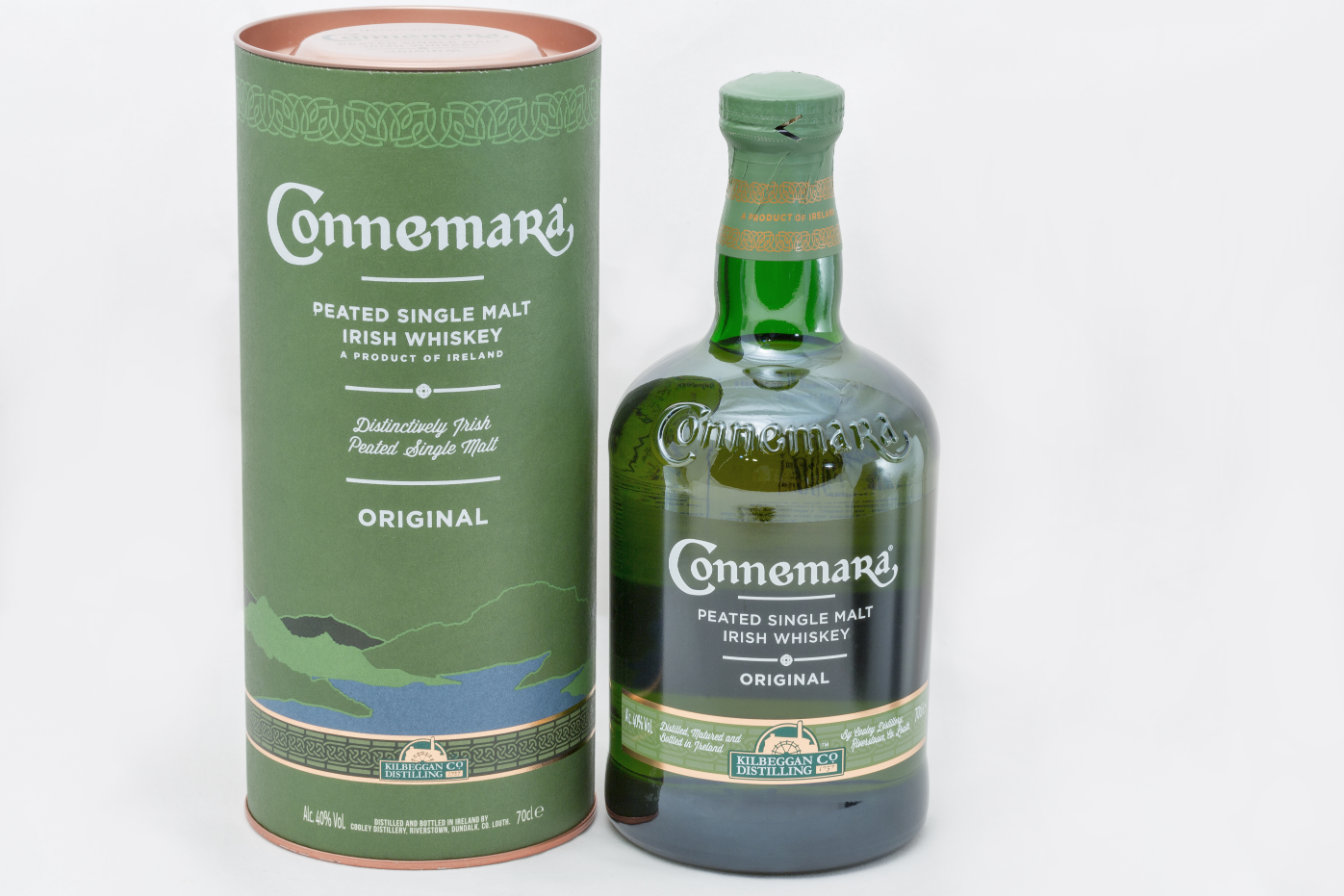For a lot of people around the world whiskey is synonymous with Scotch. Much like shoulder pads and mullet hairstyles this is an idea that came to the fore in the 80s and one that needs to go. Here in the 21st century Irish Whiskey has been making strides: Jameson, Redbreast and Midleton have all become key players in the international drinks trade. They also serve as a great example of one of the key tenets of Irish: diversity.
Whereas the SWA ensure that Scotch Whisky adheres to very strict boundaries, Irish Whiskey works on more unbroken ground. In Irish Whiskey there is more room to experiment with different grains, woods and even enzymes. Sometimes this is done out of a respect for tradition, such as with the different mash bills used to make Pot Still Whiskey. At other times this is out of a passionate study of whiskey and a desire to reach new flavour heights by really pushing the boundaries. A great example of this is the Method and Madness range from Midleton which even includes a whiskey finished in a chestnut wood cask. Whisk(e)y fans tend to react to that news with a mix of horror and awe; oak is normally standard and sacrosanct. We have a bottle from this range available here.
Irish Whiskey Categories
There are many kinds of Irish Whiskey including:
- Single Malt Whiskey
- Grain Whiskey
- Blended Whiskey
- Pot Still Whiskey
Single Malt and Pot Still Whiskey serve as two examples of both the similarities in and the differences between Irish and Scotch Whisk(e)y. Looking at these categories also allows us to examine how they have changed over time – so we will look at these two now.
Blended Whiskey and Grain Whiskey will have to get their own blog some time!
Single Malt Whiskey
Both Irish and Scotch Single Malt must be made using 100% malted barley, distilled in a pot still and then matured for three years. So in many ways they are very similar. Irish Single Malt has made a name for itself as the softer, smoother cousin of the more rough and smokey Scotch. This was based on the pretty outdated view that Scotch is made using peated barley and Irish unpeated. As I have already mentioned variety is the spice of life for Irish so we couldn’t really be put in that box any more. Scotch too doesn’t just stick to peated barley these days. Thus a lot of modern people will put this difference in flavour down to the way Irish is distilled.
The general rule is that Scotch whisky is distilled twice whereas Irish Whiskey is distilled three times. That extra distillation gives the whisky a lighter, softer characteristic. Thus Irish is softer – but again in the 21st century diversity is the song we all sing.
This isn’t a hard and fast rule – you will find Scotch whiskies that are distilled three times, such as Auchentoshan, and there are even Scotch single malts distilled somewhere between 2 and 3 times – such as Mortlach which is distilled about 2.6 times. Go figure.
There are also Irish whiskies that are distilled twice. You may have seen our recent coverage of the new Killowen distillery which uses two pot stills as well as some other really traditional methods. Connemara and Kilbeggan whiskey are both Irish brands that are made through double distillation as they are both made at the two-stilled Cooley distillery in County Louth.

Pot Still Whiskey
As we explain further in our blog on Pot Still Whiskey, Irish whiskey is not bound to malted barley in the same way that Scotch is. If a distillery in Scotland was to use a different grain, or even unmalted barley, they would not legally be permitted to call it Single Malt Scotch whisky. They would have to call it Grain Whisky. For Irish distillers there is another category, one that harks back to pretty ancient traditions. Pot Still is whiskey made in a pot still, obviously, but not fully made of malted barley. Often it is straight up un-malted barley used but we also have seen mash bills including wheat and even oats.
As oats and wheat contain less natural enzymes it is here that distillers are also offered a further method of experimentation, in adding the additional enzymes to help the yeast convert the grains into alcohol. Some enzymes will give a fresher, fruiter flavour; others more malty and biscuity. It’s all to play for when you have this many tools to work with.
The Expanding World of Irish Whiskey
This has been an introduction to the differences between Irish Whiskey and Scotch but by no means a full look at the varieties in production and categorisation. If you couldn’t tell already we are pretty passionate Irish Whiskey nerds here at Irish Spirits so we will be filling the gaps here in our blogs section in the near future. If you are thirsty for a 17 page, in depth technical file on Irish Whiskey then Waterford have kindly provided one for all to see. Let us know if you have an questions by commenting on this blog and follow us on Facebook, Twitter and Instagram to keep up to date with the latest in Irish Whisky, our latest products, new blogs, and general musings.
